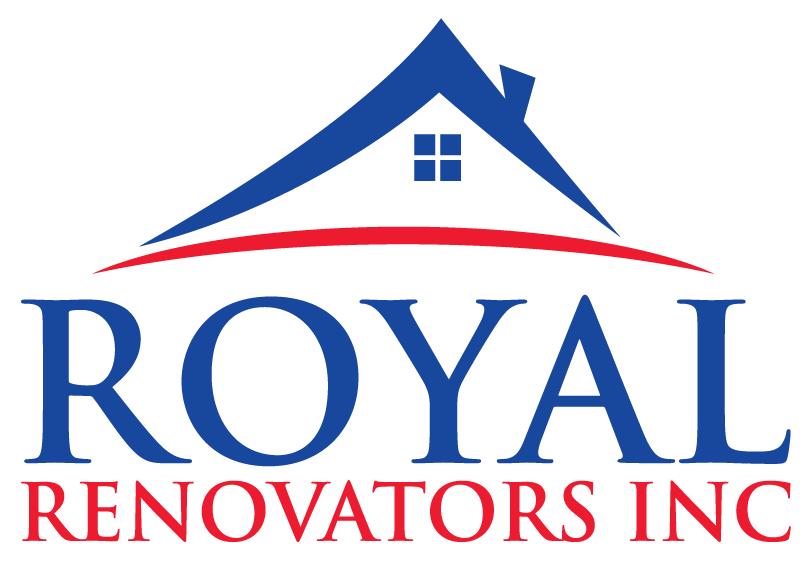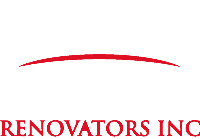Fixing a new flat roof can be tricky, especially if you’re not experienced and well-equipped for the task ahead. A flat roof can be applied in many architectural designs, whether residential or commercial buildings or warehouses. However, it goes through so many wears with time and always encounters huge ventilation and draining problems, especially when not well installed and maintained. Thankfully, it is very easy and much simple to maintain and install. Even without prior experience, you can attempt to replace your old roof and install a new flat roof with much ease.
However, before you run off with the idea of installing a new flat roof all by yourself, you should learn about the different types of materials that are applied to flat roofing and also different equipment used in flat roofing.
Common Flat Roof Material
If you’re planning on having a new flat roof on your commercial or residential building, whether you’re replacing an old one or installing a completely new flat roof on a new property, you are likely to be faced with many options. But there’s always a good reason for the variety in flat roofing materials. To help you make a more informed decision on the material type, here are the two popular flat roofing materials that you should know.
Built-Up Roof (BUR)
BUR roof is typically a combination of hot tar and ballasted gravel. However, a waterproofing material is always part of the combo. In recent times, more technologically advanced materials are now part of the BUR roofing material.
Although BUR has its downsides, it’s still a popular flat roof material of choice by many. They are fire-resistant and the most budget-friendly flat roofing material. But despite its cost-effectiveness, BUR is not so easy to maintain, and it’s best suited for reconstructing a property that is still vacant. Above all, this roofing material is always best left for a professional roofing contractor.
Ethylene Propylene Diene Monomer (EPDM)
EPDM or rubber membrane is a very durable flat roofing material that is easy to install and maintain, thanks to its lightweight and pliability. This material can be installed either with glue, anchored with fasteners, or ballasted with stone. Rubber membranes are generally durable and highly resistant to sun rays, water, scuffs, and rips
Equipment needed for DIY flat roofing
As you already know, flat roofs differ in style, design, and material. But for a DIY, you should always go for the one that you’d feel more confident doing. While we may be taking you through the steps using an EPDM material, below are the general equipment needed for Do-it-Yourself flat roofing.
- Spade
- Hammer/wallpaper scalper
- Safety glasses and safety wear (long overall or covering)
- Stripping knife
- Bolster
- Pry bar
- Measuring tape
- Adhesive roller
- Joists or Roofing timber
- Steel Joists
- Rubber EPDM membrane
- A water-based adhesive
- Copper flashing
- Foam strengthened with fiberglass
- Insulating material
Step By Step Flat Roofing Guide
Remove Your Old Roof
If you’re replacing an old roof, the first step in installing a completely new flat roof is to remove your old roof. Strip it down to the sheeting. However, be careful to avoid damaging any flashing, trim, or valley. Moreover, you should check out if there’s any need for repairs before moving over to installing your new roof. To remove your old roof,
- Take off the gutters and fascia to remove any underlying roof
- Using a spade, thrust into the layers of felts, fabrics, and mats
- Using your hand, pull off the mortar-filled framework perimeter
- Use a bolster, hammer, or wallpaper scraper to scrape off any remaining surfaces
- Remove the felt and any clumsily positioned nails
- If there are any timber fillets, remove them using your spade or pry bar
Evaluate For Damages And Repairs
After taking off your old roof, the next thing you’ll have to do is to evaluate your roof for any damages. If there’s an issue with standing water, remove the entire roofing in that area, including its rotten woods. But if the wood is okay, use roofing tar to build up that area before applying your new roof material.
Attach Your New Flat Roof Material (EPDM)
After evaluating your old roofing framework and finding out that all things are okay, you can proceed to apply your new flat roof material. You can purchase your choice of flat roofing material from any local supplier or online. And to use your new material, you need to measure out the size, length, and width, which will obviously match the size of your roof. If you don’t know how to measure the size of your roof, a roofing calculator can help you. Before you start, ensure that your roof surface is completely clean and dry. To apply your new roofing material,
- Measure your roof size and select the right roofing material size
- Lay down the folded material (EPDM) in the center of your roof
- Spread the material across the width of the roof
- Allow the membrane to sit for 30 minutes
- Fold the material to the right half of your roof
- Apply adhesive to the left half of the roof until the layers are opaque
- Quickly roll the membrane to the left half of your roof, on the adhesive
- Press the membrane laid into the adhesive to remove air
- Apply adhesive to the other half right side of your roof
- Roll out the remaining membrane over it
- Give the adhesive 15 to 30 minutes to dry
While applying adhesive on your flat roof, always ensure that you fill all the light spots till every surface turns opaque. Also, before you roll your membrane over the adhesive, ensure that the adhesive is beginning to dry. And to test for its wetness, using your finger, touch the adhesive and make sure that it is tacky but can’t string well to your finger.
Complete Flat Roof Installation
While the step above is solely for replacing an old roof, if you’re installing a new flat roof from scratch, here are the steps to follow.
- Frame the roof, nail long wedges to the joists
- Add a layer of 5/8-inch plywood sheathing
- Cut out your underlayment and fasten it to the plywood sheathing
- Screw a 2x4s into the joint connecting the roof and the wall
- Lay down your membrane and glue it to the roof
- Use a termination stops to work on the edges and fasten a lead-coated copper flashing on the front edge of the roof.
Although flat roofing can be easy to install compared to other roof types, flat roof installation is not a DIY project. To get the best out of your next flat roof, always hire the services of a professional roofer. And to get the most rewarding flat roofing solution in NYC, contact us now at 118-35 Queens Blvd Forest Hills, NY 11375 (718) 414-6067 https://www.nycrenovators.com/.
Copyright Ⓒ 2022 Royal Renovators Inc. All Rights Reserved

